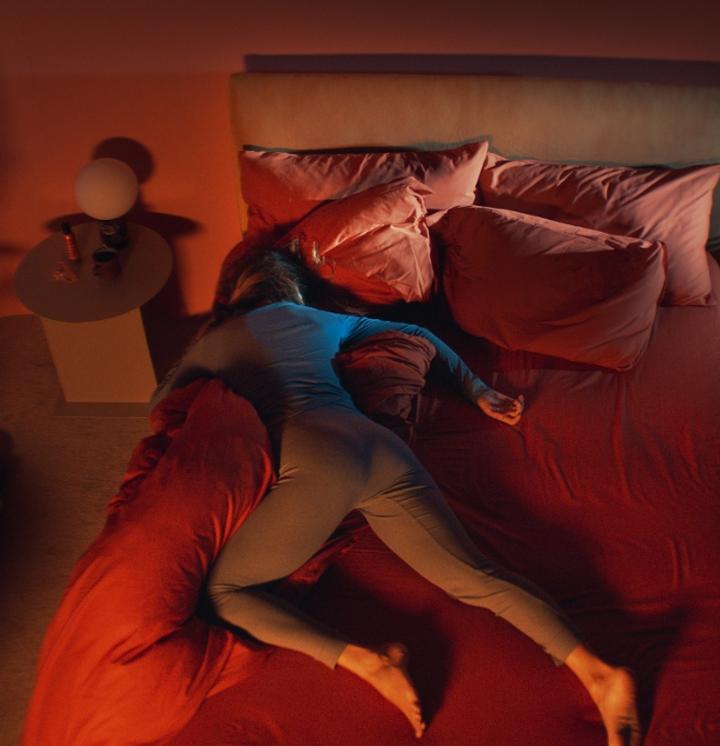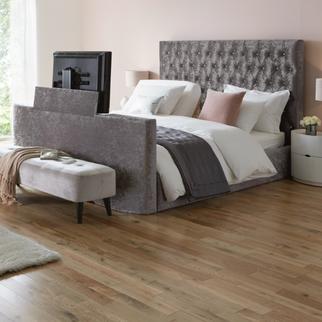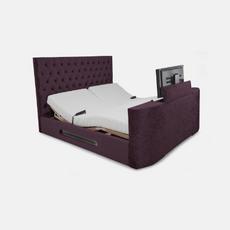

It has been over two years since the UK went into its first nationwide lockdown and, even now, we are only just resuming our pre-pandemic routines.
Sleep was particularly disrupted by lockdown life, with many people struggling to maintain a healthy sleeping pattern. In fact, according to our survey, 18% of people admitted their sleeping routine has worsened since the pandemic.
To find out the reasons why, as well as how we can fix our disrupted sleep routines, we spoke to Dr David Lee, Clinical Director at Sleep Unlimited and author of Teaching the World to Sleep (2016).
How do you think the pandemic has impacted the nation’s sleep routine?
The pandemic brought big changes to people’s sleep routines. Many may have been in the same routine for decades, getting up and going to work at the same time every single day. All of that changed overnight on the 23rd of March 2020.
COVID and the subsequent lockdowns blurred that boundary between sleep and ‘everything else’. We spent more time indoors than we usually would have and, for most of us, our homes turned into our workspace as well.
In this scenario, people would have struggled to strike a healthy work-life balance. They were bringing more work home and working from home regularly – maybe even working in their bedroom.
In fact, for many, the bedroom changed from a place to sleep into a place to sleep and work. If you’re in a situation where you live in a studio flat apartment, you were literally doing everything in that one space. That’s going to have an impact on your sleeping schedule.

How can people repair this disrupted sleep routine?
One of the most important first steps to take is to declutter the bedroom. Get dressed in a different room, read in a different room, do anything recreational in a room different to the bedroom.
Over time, you will establish the bedroom as simply for sleep. It’s a really powerful cue. Good sleepers just associate the bed in the bedroom with nothing but sleep. They simply walk into their bedroom and fall asleep. These good sleepers tend not to have much stuff in their bedroom, such as books or television, because they just sleep in their bed.
What advice would you give to someone who might not have the space to separate their bedroom from the rest of their home?
We find that many people who live in house shares or studio flats struggle to establish a definitive sleeping routine. Their bedroom is an ‘everything room’ because they just don’t have the space to spare.
There are solutions and workarounds, however. For example, you can turn your bed into a sofa during the day, putting different cushions on display and storing the actual bedding away. Then, at night time, swap it around. You can also put curtains around the bed, helping you to shut the ‘everything room’ away.
The act of pulling the curtains across the bed or taking the day cushions off the bed becomes part of a bedtime routine, similar to brushing your teeth. This will give your mind the separation needed to differentiate between sleeping and non-sleeping activities.
The same goes for the rest of your home. Reconfiguring a modular sofa or changing the set up of your dining table from day to night can be really good to separate work activities from relaxing or bedtime routines. These examples of multi-functional furniture can be really effective ways to implement a better sleeping routine.

Pandemic disruption aside, what are the other major causes of poor sleep patterns?
Caffeine is a big one. Our main advice to people struggling to sleep is to leave caffeine alone after lunch.
Caffeine has got a half-life of four to six hours. For instance, if you drink a cup of coffee at noon, you will still have half that caffeine in your system at 4 pm. At 8 pm, it will be a quarter. At midnight, it will be an eighth. It takes a long time for caffeine to leave your system.
As such, we advise that you only have caffeine in the morning or maybe just before lunch. This will give your system a chance to wash the caffeine out and improve your chances of a good night’s sleep.
In general, you don’t want to be eating or drinking anything too close to bedtime. This is because you might have to get up in the middle of the night to use the bathroom. Even beverages like hot milk, hot toddies or nightcaps too close to bedtime are not good for you and your sleeping habits.
Getting off the screens in the two hours before bed is also important. The blue light that comes out of televisions, smartphones, and laptop screens interferes with our sleep.
Have you got any tips or insights about how different age groups should manage their sleep better?
We typically see that older people struggle with their sleep more than younger people do. That’s because of age-related changes to the brain stem which controls our sleep: it just does not work as effectively as it did when we were young.
As a result, it is harder to get to sleep and it is much easier for your sleep to get disturbed as you get older. Across the developed world, a third of older women and a quarter of older men over 65 will complain about their sleep to a clinical level.
We want to get people into good sleep routines when they’re younger so that they graduate into old age with robust sleeping patterns. This means getting people to do all the right things when they’re in their 20s, 30s and 40s so that they are less likely to develop that chronic sleep problem in their 60s and 70s.
You also have the age-related weakening of the sphincter muscles around the bladder. Older people tend to get up more during the night to use the bathroom, which further disrupts their sleep routine.
We can deal with that with simple fluid restriction in the two hours before you go to bed. Lay off the fluids, void your bladder before you go to bed and then you’re less likely to wake up in the night to use the bathroom. I’ve seen that work really quickly thousands of times. One simple behavioural change can be really effective.
Find the right bed with DFS
Now that you know how to fix your disrupted bedtime routine, you just need the right bed and mattress for a great night’s sleep. From huge king size beds to sink-in soft mattresses, you can find the perfect fit for you in the DFS collection.
Dr David Lee’s book Teaching the World to Sleep (2016) is all about the science of sleep, the various forms of insomnia and parasomnia, and the treatment of those conditions. He is also Clinical Director at Sleep Unlimited, the largest company of sleep experts in the UK. To find out more about the work of Dr David Lee and Sleep Unlimited, head over to their website.














